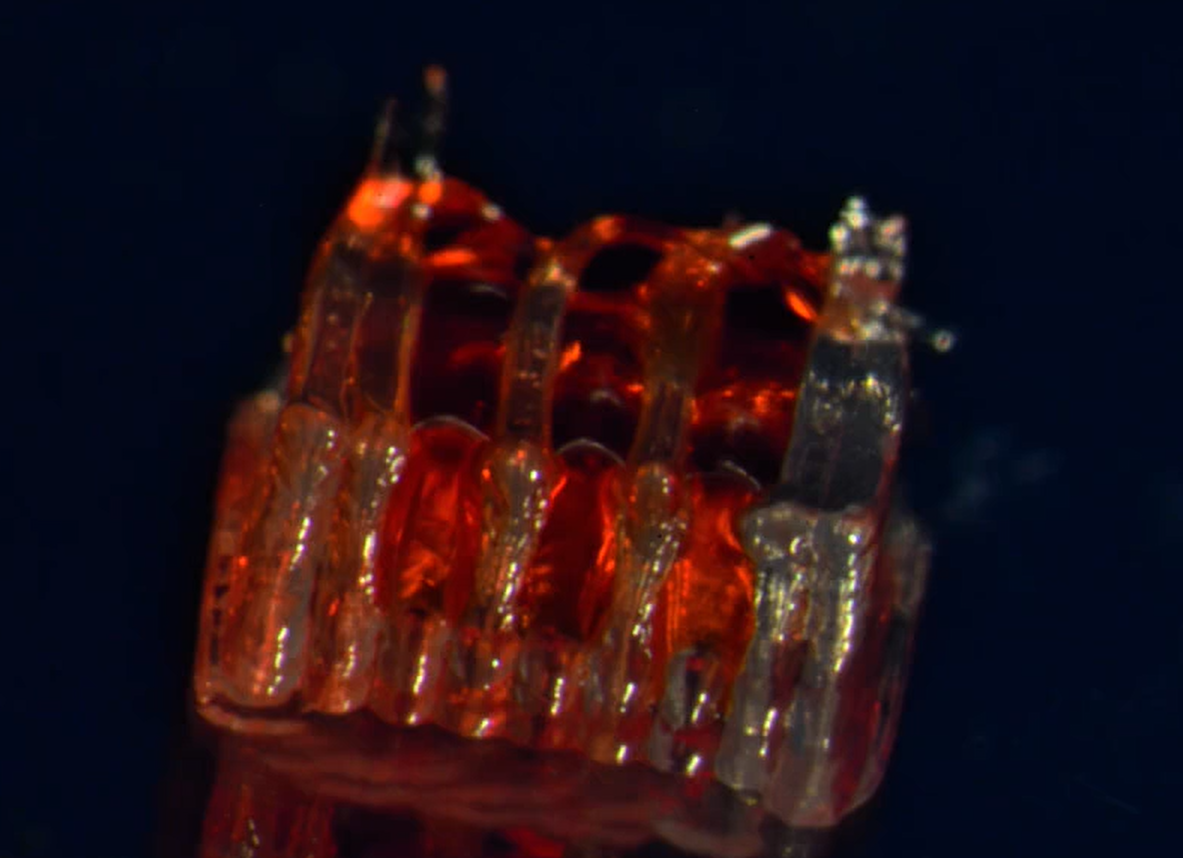Organoid scaffolds populated with spinal neural progenitor cells result in significant functional recovery in lab rats.
Few injuries can be as devastating as those involving the spinal cord. Despite tens of thousands of persons in the United States alone suffering spinal cord injuries, there is no established procedure for completely reversing the damage and paralysis that can result.
However, thanks to the work of a group of engineers and neuroscientists, there may be a way to address one of the biggest challenges in addressing spinal cord injuries: regrowing nerve fibers. A research team at the University of Minnesota recently published their latest work on combining 3D printing with stem cell biology and lab grown tissues to tackle this issue.
Their approach involves creating a 3D printed framework for lab-grown organs, called an organoid scaffold, with microscopic channels populated with regionally specific spinal neural progenitor cells.
“We use the 3D printed channels of the scaffold to direct the growth of the stem cells, which ensures the new nerve fibers grow in the desired way,” said Guebum Han in a University of Minnesota press release. “This method creates a relay system that when placed in the spinal cord bypasses the damaged area.” Han is a former mechanical engineering postdoctoral researcher and first author on the published research.
When the researchers transplanted these scaffolds into rats with surgically severed spinal cords, the cells inside them differentiated into neurons and extended their nerve fibers toward the rats’ heads and tails, forming new connections with existing nerves. According to the researchers, these new cells integrated seamlessly into the hosts’ spinal cord tissue over time, resulting in significant functional recoveries.
“Regenerative medicine has brought about a new era in spinal cord injury research,” said Ann Parr, professor of neurosurgery at the University of Minnesota in the same release. “Our laboratory is excited to explore the future potential of our ‘mini spinal cords’ for clinical translation.”
The team hopes to scale up production and continue developing this combination of technologies for future clinical applications. The results are published via open access in the journal Advanced Healthcare Materials.
